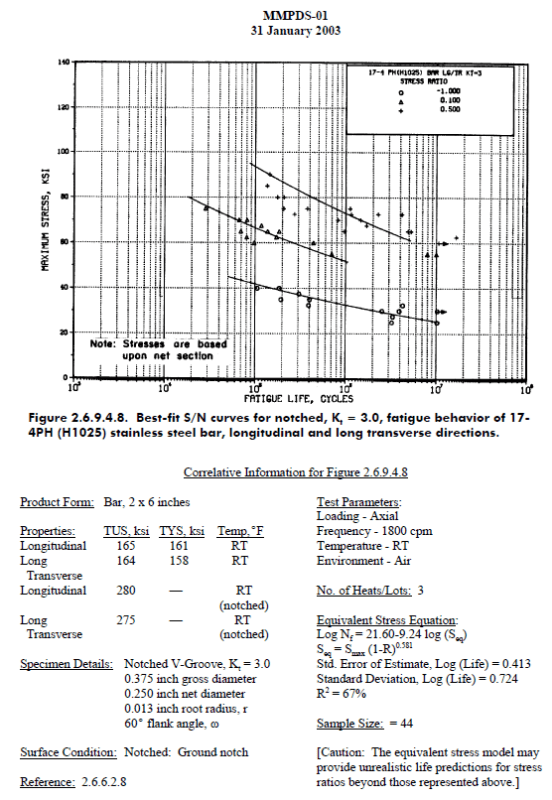I am trying to find an S-N curve and/or the strain-life curve of 17-4ph h1025.
I found the data for high temperatures on the AMS website but nothing at room temperature. That is strange, I believe if it is tested at high temperature than there should be some reports available for room temperature fatigue life. Please lead me to the source.
Thank you
I found the data for high temperatures on the AMS website but nothing at room temperature. That is strange, I believe if it is tested at high temperature than there should be some reports available for room temperature fatigue life. Please lead me to the source.
Thank you

